Humanity 1, asteroids 0: NASA Craft Rams Distant Asteroid in Test of Earth Defense
A NASA spacecraft successfully crashed into an asteroid 10.9 mn km from Earth.

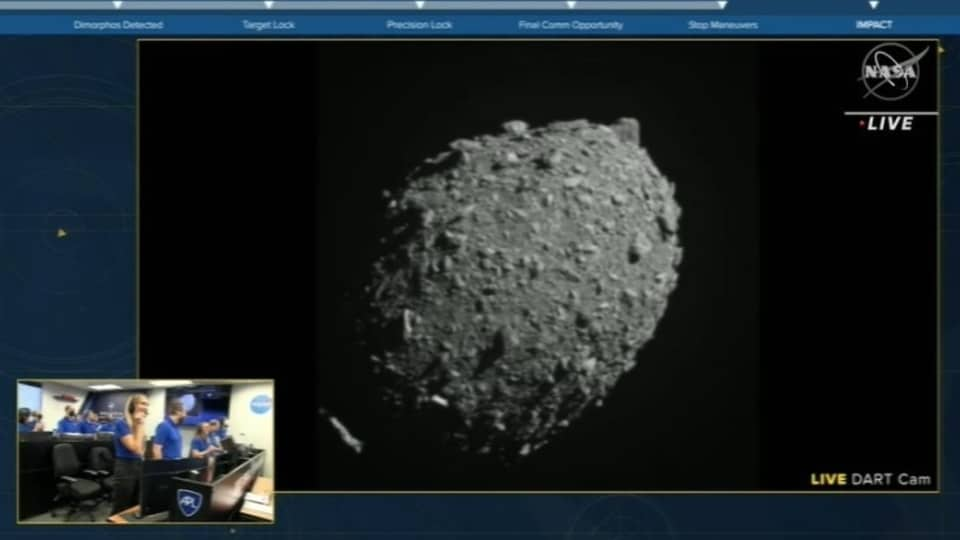
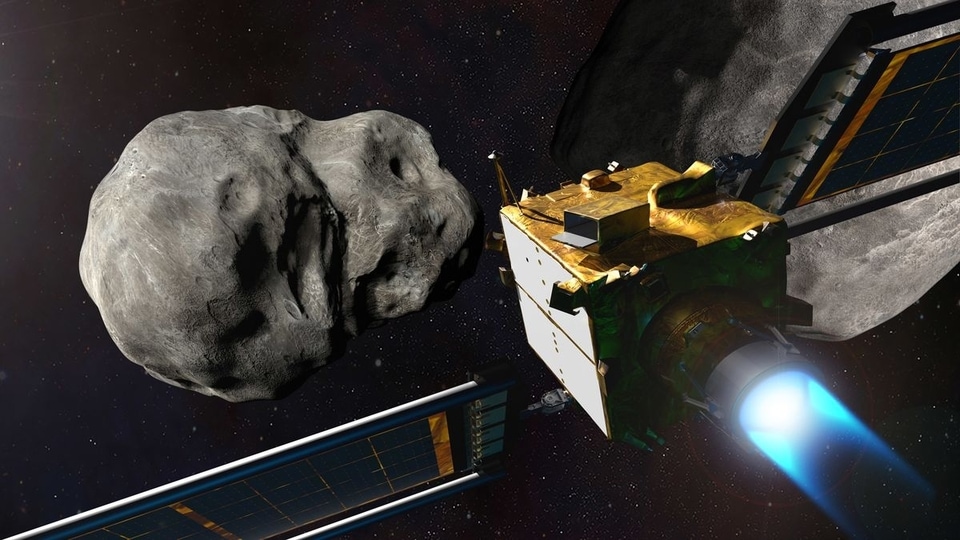
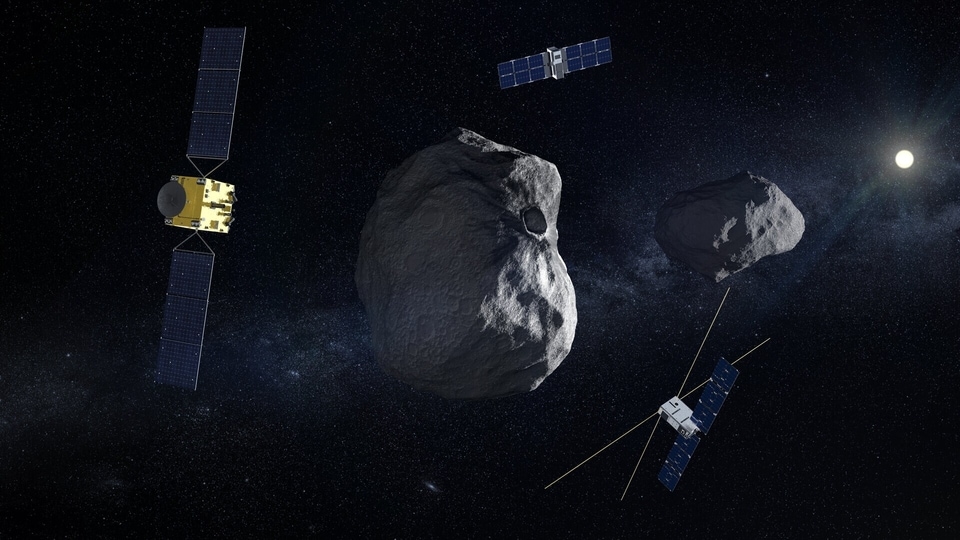
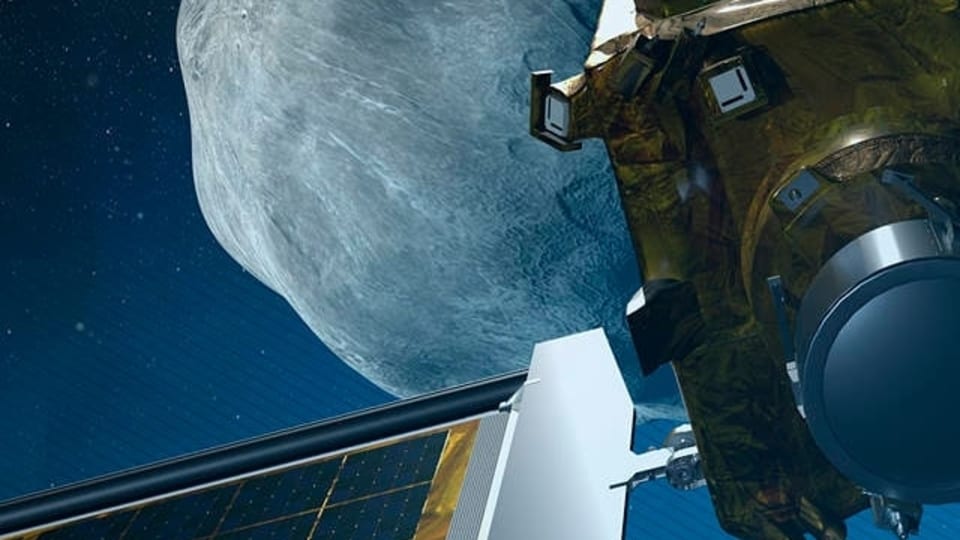
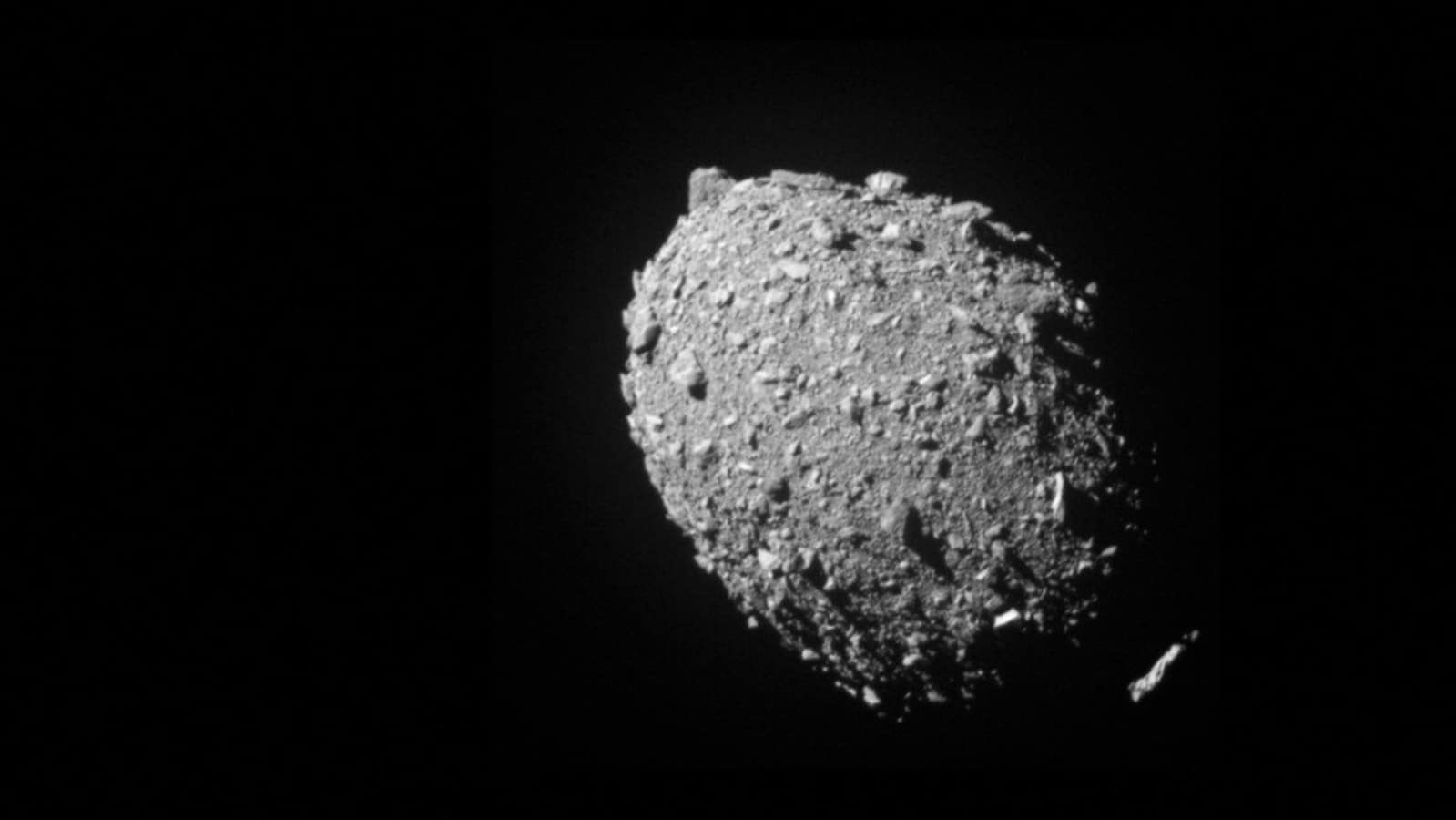
 View all Images
View all ImagesA NASA spacecraft successfully crashed into an asteroid approximately 6.8 million miles (10.9 million kilometers) from Earth in a test to determine if the impact can nudge the space rock slightly off course.
NASA launched its DART spacecraft in November 2021 with the express purpose of colliding with an asteroid about the size of a football stadium at 14,000 miles per hour.
“In case you're keeping score: humanity 1, asteroids 0,” Tahira Allen, a NASA spokesperson, said during the livestream after the impact.
The mission is NASA's first demonstration of the agency's planetary-defense initiative to protect Earth from the possibility of a hazardous collision with an asteroid. This particular asteroid, called Dimorphos, isn't headed toward our planet but was singled out by NASA to test a deflection technique. If measurements show the asteroid's course was even slightly altered, NASA will deem the mission a success.
It will take days or weeks before astronomers know if DART's impact did its job, but a camera onboard the spacecraft captured a closeup view of the asteroid moments before the crash. Dimorphos filled the entire frame of DART's camera, showing boulders and intricate detail just as NASA lost the spacecraft's signal.
A separate spacecraft, deployed from DART prior to impact, also captured images of the collision, and NASA has said it will share those images in coming days. Various NASA telescopes, including the Hubble Space Telescope and the James Webb Space Telescope, also observed the impact.
The DART mission said they made almost a direct bullseye on Dimorphos, hitting the asteroid just 17 meters from its center. “We'll get a much better understanding of where we are from the impact images that the investigation team now is going to analyze for quite some time,” Elena Adams, the DART mission systems engineer at Johns Hopkins, said during a press conference after the impact.
If in the future a hazardous asteroid is spotted heading toward Earth, it's possible that NASA or some other space agency could send a spacecraft to ram it just as DART has done. Such an impact could impart just enough momentum to slightly change the asteroid's trajectory so that, over time, it whizzes safely by Earth.
Dimorphos is actually an asteroid moonlet, orbiting around a much larger asteroid named Didymos, thus the name DART: Double Asteroid Redirection Test.
Now that DART has rammed into Dimorphos, astronomers on Earth will observe the asteroid system with optical and radar telescopes over the coming weeks to see how the spacecraft changed the asteroid's orbit around Didymos. Just before impact, Dimorphos's orbit around Didymos was just under 12 hours. NASA anticipates that DART's collision could change the orbit by several minutes.
NASA picked Dimorphos as a target because of its size. Measuring 525 feet (160 meters) across, it represents the kinds of asteroid that NASA and other space agencies are most worried about. Astronomers have cataloged most of the giant asteroids that would destroy our planet, and none identified pose a risk for the foreseeable future. But astronomers believe they've found less than half of the many thousands of asteroids similar in size to Dimorphos that are flying near Earth. Were one of these rocks to ever crash into the planet, it could cause significant damage.
“This would be regionally devastating over a populated area, a city, a state, or a country,” said Nancy Chabot, the coordination lead for DART at the Johns Hopkins Applied Physics Laboratory. “So you might not be talking global extinction, but you still want to be able to prevent this if you could.”
But such a scenario could be remedied in the future with the DART technique. The collision seemed to go just as NASA expected, with no glitches along the way. “Our first planetary defense test was a success and I think we can clap to that,” NASA's Adams said to applause. “I think that earthlings should sleep better. Definitely, I will.”
Catch all the Latest Tech News, Mobile News, Laptop News, Gaming news, Wearables News , How To News, also keep up with us on Whatsapp channel,Twitter, Facebook, Google News, and Instagram. For our latest videos, subscribe to our YouTube channel.





























